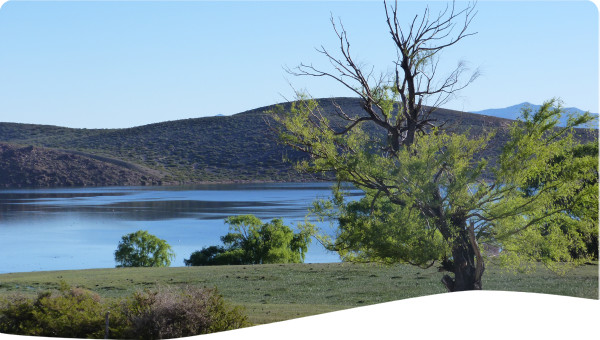In Costa Rica, action was taken to introduce water pricing to pay for services provided by forests in watershed areas. As a result, Costa Rica’s watershed owners are beginning to be rewarded for providing water, whether for drinking or for generating electricity. The main lesson is initiatives that ensure local groups are included in the benefits of conservation are needed to involve them in helping to protect water catchment areas.
Originally, the function of the forest in protecting water catchment areas was not well understood, and often measures taken to reduce deforestation had unintended consequences for water resources. At the same time, until 1995-96 water was regarded as a public good, and hence virtually free and unlimited. In 1997, the program of payments for environmental services officially started. FUNDECOR, FONAFIFO and a private hydroelectric company signed an agreement stating that the company would pay for the protection and conservation of the forests in the watershed that supplies the hydroelectric project. The agreement, although small in magnitude, sets a precedent for voluntary accords with private companies for payment of environmental services. This case describes the process, and presents the main problems faced in levying, collecting and distributing funds from the water sector (hydro electricity and water users) for use in protection of the environmental services. In the framework of laws that allow for payment for environmental services, Costa Rica has introduced several cases of pricing water to pay for services provided by forests in watershed areas.
The first catchment programs financed through cost recovery were started in 2002. As a result, Costa Rica’s watershed owners, both public and private, are beginning to be rewarded for providing water, whether for drinking or for generating electricity. The problem now is to ensure that these rewards are indeed spent in the catchments, to maintain environmental services.
During 1998, the management and conservation of natural resources had both improvements and drawbacks. Among the improvements were the publication of the Principles, Criteria, and Indicators for Managing the Forest, the Forestry Certification Program, and the National Strategy for Forestry Fires. Moreover, external forestry audits began for those with management programs and logging permits in the conservation areas, in order to improve control and transparency in these processes. Among the drawbacks were a 50% reduction in the forestry areas operating under the preservation program, through the payment of environmental services and an 11% reduction of the area with new forest plantations (compared to 1997). An important effort —that resulted from the National Concord Forum —was the submission of a bill for valuation and reimbursement for environmental services. Even though the Costa Rican legislation identified four environmental services that may be compensated, the mechanism that prevails in the country is primarily based on forestry criteria, which do not guarantee the protection of strategic water catchment areas. The price that the consumer currently pays for the water service includes the mean cost that the water undertaking pays to gather, make potable, transport, and distribute the water. It also includes a fixed service charge, a variable charge based on consumption, and a sometimes variable charge for sewage treatment
Payment for environmental services may come from two sources: (a) the water providers and those who use water as an intermediate good, and (b) the end users. Among the providers are the municipalities, ESPH: the Public Utility of Heredia, SENARA: the Irrigation National Service (Servicio Nacional de Aguas, Riego y Avenamiento) and similar organizations.(see exhibit 4). The regulations concerning environmental services must be presented to the Attorney General for approval, to ensure that profits are not being made from water charges. Three pilot projects have begun. In each the hydroelectric companies pay upstream landowners between US$10 and $40 per hectare per year to preserve and improve catchment management in the upper watershed
Initiatives that ensure that local groups are included in the benefits of conservation are needed to involve them in helping to protect the water catchment areas.
Government's proactive attitude has been very valuable in promoting the concept of payment for environmental services, and giving it credibility with a wide group of stakeholders.
A major criticism of the program is that funds are not administered specifically for the intended use. Funds go straight to the Government treasury instead of to a specific environmental services fund.
Costa Ricans no longer see water as a public good. There is evidence that local people are adopting a sustainable development ethic which values protection of water catchment areas.
 Case studies
Case studies


